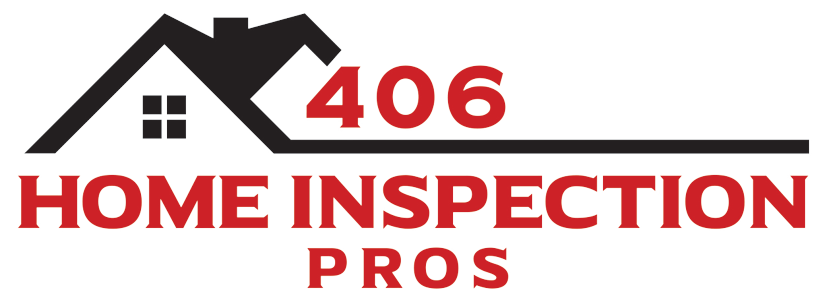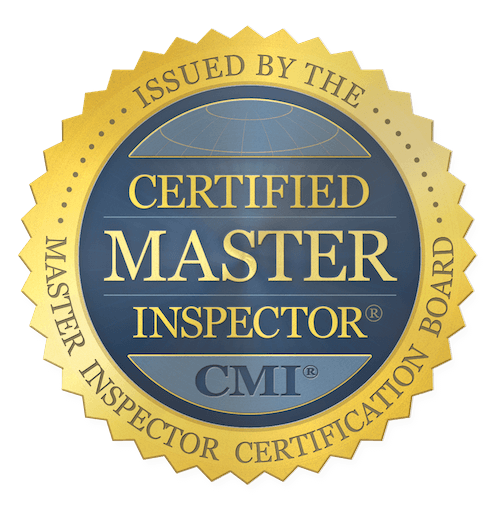If you’re buying a home, you’ve probably heard about mold testing. And while it may seem like a regular part of a home inspection, mold testing is a critically important part of any real estate transaction. In addition to being risky for pets and people who live inside a home, the presence of mold can put your real estate investment at risk and expose you to liability down the road.
In this blog, we’re going to discuss the ins and outs of mold testing, and why you need to make sure your home inspector offers it when you purchase your home.
Let’s dive in.

What is Mold?
Mold is a type of organism that occurs everywhere in the natural environment. According to the Montana Department of Health and Human Services (DPHHS):
“Molds are fungi that can be found in virtually every environment, indoors and outdoors, year-round. No one knows how many species of fungi exist, but estimates range from tens of thousands to perhaps three hundred thousand or more. Mold spores can survive harsh environmental conditions, such as dry conditions, that do not support normal mold growth.”
Outside, mold spores usually aren’t a problem. The microscopic spores assist in breaking down animal and plant matter. As they do that, though, they release tiny spores that float through the air. When these spores enter your home, mold can quickly become a serious problem.
Since mold loves moisture, it grows rapidly in damp, moist areas like bathrooms, basements, and the space around sinks, washers, and toilets.
What is Mold Testing?
Mold testing is usually a different process than a standard home inspection. While mold inspections identify the presence of mold, the sources of mold growth, and the size of the problem, mold testing serves the following purposes:
-
Identifying the type of mold in your home
-
Determine if the mold spore count in the air has the potential to be a problem
To conduct a mold test, a mold inspector will take air samples and analyze them in a variety of ways. One of the most common methods is using a “spore trap.” Spore traps use a sticky surface to catch mold spores as air passes through the trap.
Once testing is complete, the sticky surface is sent to a mold testing lab for analysis. The technicians in the lab will open the spore trap and evaluate the sticky surface to identify the types and concentrations of mold spores attached to it.
Other types of mold sampling include bulk sampling, swab testing and more. Although these tactics are less common than spore traps the spore trap can often answer the question “Is there bad air in the building”.
3 Reasons Mold Testing Matters
Even if you can’t see it, nobody wants to live with mold. When mold is visible, it can make your home look and feel unsightly. Even if you can’t see the signs of mold, the presence of spores can have a negative impact on the health and wellbeing of everyone in your home. With all of that in mind, here are three reasons the process of mold testing is so critical:
1. Prevent mold exposure
Exposure to mold spores can be incredibly dangerous, especially to high-risk populations like children, those with respiratory disorders, and senior people. According to the US Environmental Protection Agency (EPA):
“Allergic reactions to mold are common. They can be immediate or delayed. Molds can also cause asthma attacks in people with asthma who are allergic to mold. In addition, mold exposure can irritate the eyes, skin, nose, throat, and lungs of both mold-allergic and non-allergic people. Symptoms other than the allergic and irritant types are not commonly reported because of inhaling mold. Research on mold and health effects is ongoing.”
When you invest in mold testing before you purchase a home, you decrease the likelihood that your family will be exposed to toxic, dangerous mold spores.
2. Better indoor air quality
When mold spores in your home go airborne, the indoor air quality will suffer. This is when the most intense mold exposure symptoms will take place. Fortunately, professional mold testing can identify the presence of mold spores before they go airborne, allowing you to mitigate or remove them before move-in day rolls around.
3. Reduced risk of structural damage
Mold growth can be rampant in areas that are dark, warm, and moist. Conveniently, these areas are usually also tough to see with the naked eye.
Unless you detect mold early, it could grow unbidden, causing untold damage to your flooring, ceiling tiles, or walls. Before you know it, you could have a costly problem on your hands. On average, mold removal costs about $2,347, so it’s wise to catch any existing mold problems early.
406 Home Inspection Pros: Your Source for Mold Testing
If you need mold testing in Whitefish, Kalispell, or the surrounding areas of Montana, 406 Home Inspection Pros is here for you. Known locally as a reliable, trustworthy, veteran-owned company, we provide expert mold testing services. To learn more about our team or to book your first inspection, contact our team today.

